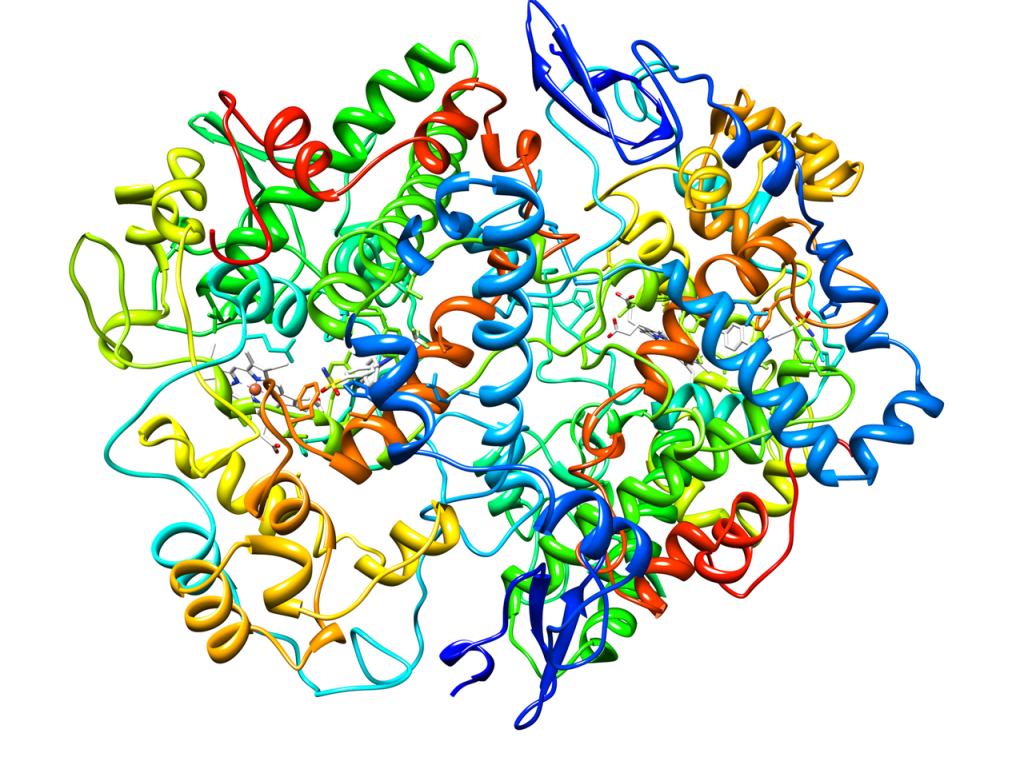White blood cell research shows that causing and conquering inflammation are inextricably linked
Hugely popular non-steroidal anti-inflammation drugs like aspirin, naproxen (marketed as Aleve) and ibuprofen (Advil, Motrin) all work by inhibiting or killing an enzyme called cyclooxygenase – a key catalyst in production of hormone-like lipid compounds called prostaglandins that are linked to a variety of ailments, from headaches and arthritis to menstrual cramps and wound sepsis.
In a new paper, published this week in the online early edition of PNAS, researchers at the University of California, San Diego School of Medicine conclude that aspirin has a second effect: Not only does it kill cyclooxygenase (image above), thus preventing production of the prostaglandins that cause inflammation and pain, it also prompts the enzyme to generate another compound that hastens the end of inflammation, returning the affected cells to homeostatic health.
“Aspirin causes the cyclooxygenase to make a small amount of a related product called 15-HETE,” said senior author Edward A. Dennis, PhD, Distinguished Professor of Pharmacology, Chemistry and Biochemistry. “During infection and inflammation, the 15-HETE can be converted by a second enzyme into lipoxin, which is known to help reverse inflammation and cause its resolution – a good thing.”
Specifically, Dennis and colleagues looked at the function of a type of white blood cells called macrophages, a major player in the body’s immune response to injury and infection. They found that macrophages contain the biochemical tools to not just initiate inflammation, a natural part of the immune response, but also to promote recovery from inflammation by releasing 15-HETE and converting it into lipoxin as the inflammation progresses.
Dennis said the findings may open new possibilities for anti-inflammatory therapies by developing new drugs based on analogues of lipoxin and other related molecules that promote resolution of inflammation. “If we can find ways to promote more resolution of inflammation, we can promote health,” he said.
Source: UC San Diego, http://bit.ly/Yqv3IJ














